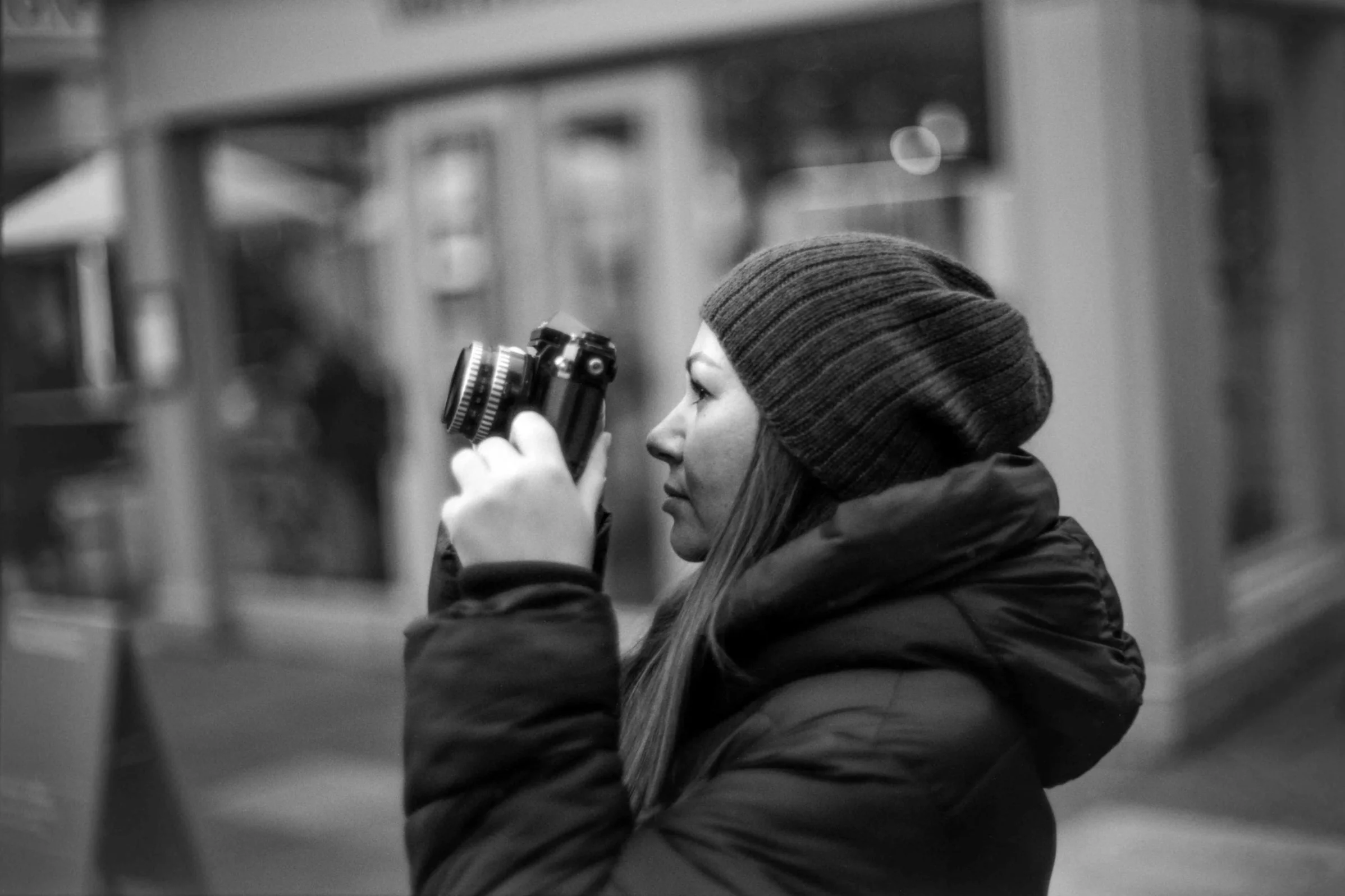Pyro Film Development with Zone Imaging 510 Pyro: The Liquid Light Lab Approach
There are few developers that define the tonal language of black and white film the way Pyro does. It’s one of the most advanced formulations ever created — prized for smooth highlights, long tonal transitions, and a calm, sculptural rendering of light.
Launching Liquid Light Lab: A Boutique Film Development Service for the UK
Film photography deserves more than a production line. That’s why I started Liquid Light Lab — a hand-crafted film processing and scanning service built by a photographer, for photographers. The Lab is now open, and it’s already been trusted with rolls that mean the world to people across the UK.
Black and White Photography as Living Memory
For years, I thought colour was the best way to preserve memories. It felt modern, vivid, and real — the perfect match for the moments I wanted to hold on to. But colour doesn’t last the way we imagine.
Prints fade, slides shift, and digital colour grades fall out of fashion. What looked stylish a few years ago now feels dated. Even today’s digital RAW edits tied to popular “film look” presets eventually reveal themselves as fads.
Black and white is different.
Why Resolution Matters: Getting the Most From Your Film Scans
Every frame of film is an investment. Whether it’s your wedding day, your child’s first steps, or a portrait you’ve carefully planned, that negative is unique and irreplaceable. The scan is what decides how much of it you’ll actually see.
Most labs don’t deliver the full potential of film. That’s why I built Liquid Light Lab — to give your negatives the scans they deserve, with no shortcuts.
Nationwide service: wherever you are in the UK — London, Manchester, Anglesey, Edinburgh, Orkney, Belfast — you can post your film directly to me and receive archival-quality scans back.
Why Film Photography Feels Alive in the Digital Era
Digital photography gave us precision, speed, and infinite repetition. It perfected the technical image — but in doing so, it stripped away something that analog never lost: a sense of life.
Film photography endures because it feels different. It slows us down, resists instant gratification, and produces images with texture and presence. In a world of disposable content, film stands out as something alive.
Announcing the Opening of Liquid Light Lab
I am pleased to announce the launch of Liquid Light Lab — a dedicated film processing service built for those who value craft, character, and precision in their analogue photography.
For years, I’ve been immersed in both sides of the photographic world — creating work with musicians, Hollywood actors, directors, and everyday clients who simply wanted something exceptional, and guiding fellow photographers through the nuances of analogue technique. Alongside this, I’ve refined my own approach to developing film — an approach rooted in consistency, detail, and the same artistic sensibility that runs through my photography.
The Lomography Daylight Developing Tank — My Final Impressions.
It’s not every day that a company like Lomography asks you to test a prototype. When their team invited me to run the new Daylight Developing Tank through its paces, I was genuinely pleased. Lomography has long been at the heart of keeping film culture alive worldwide, and being part of their R&D process — before the public even got a glimpse — was a privilege.
The result was a set of articles about my experience published across their international network in four languages.
The AGO Film Processor – A Modern Workhorse for Analogue Photographers
The AGO Film Processor bridges home development and lab-level consistency. From 510 Pyro to C-41 and ECN-2, it saves chemistry, compensates for temperature drift, and delivers repeatable, professional results at home. Not perfect, but a game-changer for anyone serious about film developing.
A Timeless Developer for Modern Eyes: 510 Pyro Review
Pyro-based developers have a rich history dating back to the very origins of photography in the 1830s. Early photographic pioneers in England—including William Henry Fox Talbot—experimented with gallic acid and its derivatives, such as pyrogallol (the chemical foundation of pyro developers).










